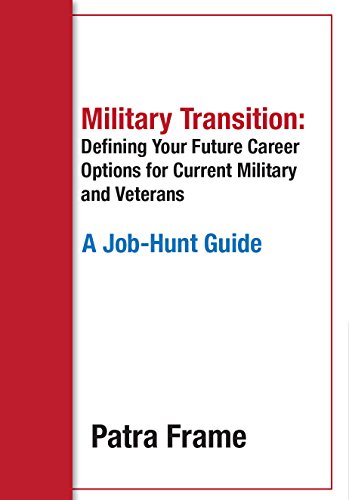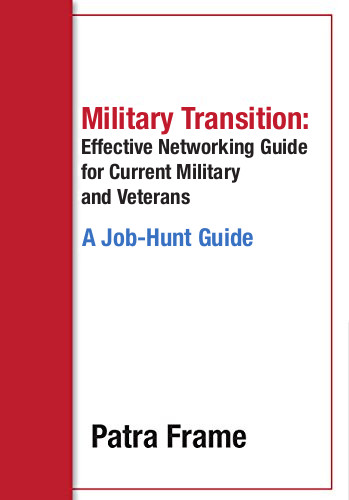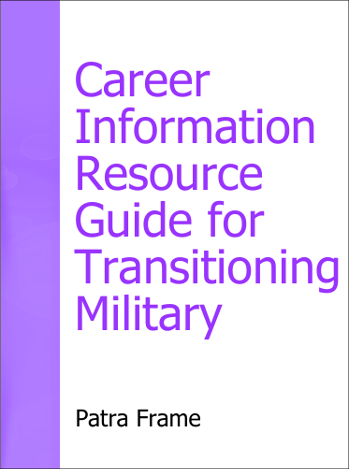Thinking of leaving the military? Already a “short-timer”? Looking for a new job? You need to know how you can move onto the right career path.
We know, based on research, that most successful people share three common practices. You can too!
The three are:
- Build on your strengths.
- Have goals, and act on them.
- Network consistently.
1. Build on Your Strengths
Building on your strengths starts by figuring out what those strengths are. Strengths include both specific technical or professional skills and how you work with others. Here are some questions to think about.
- What do you enjoy doing?
- What are you good at?
- What do you want to do next?
- What specific education, training, or experience do you have which supports your strengths?
- Who or what could help you identify your strengths more fully?
As you document your strengths, remember that other people in your life can add a lot of information. Ask several who you trust what they think your strengths are and see what you learn.
Evaluate your military education in civilian terms via the Transfer Guide.
There are tests available to help you identify your strengths too. Check out what is available to you via TAP. Take a look at Job-Hunt’s section on career assessments.
2. Set Goals and Act on Them
The next step is to decide upon your goals. This takes thought and focus.
- Think of your strengths above – where do they lead?
- What longer-term goals or dreams do you have?
- What jobs offer the opportunity to meet your desires and needs?
As you choose your goals, think about your past successes. How do these successes help you focus on what you want to do next?
This effort forms the basis for your career goals and plans. It helps you create your resume and other job search materials. It tells you what organizations and jobs to research.
Start your transition or job search with a plan. What will you do to move yourself forward? Make an appointment with yourself each week to work your plan.
Action Planning Steps:
- Define 3-4 specific goals – what do you need to do to achieve your short and mid-term goals? How do those relate to longer term goals?
- Detail the actions needed to achieve each goal.
- Take small but regular actions toward your goals.
3. Network Consistently
Networking = Human Connections
You now have an idea what your strengths, interests and goals are. Where do you find the other information, advice and assistance you need to succeed?
Use and strengthen your networks to leverage and enhance your activities. Think of all your contacts – family, friends, co-workers, past bosses and peers, others you know. Connect or reconnect.
Know what information, ideas, contacts you can offer and what you need from each. Talk, email, get together and rebuild your network. Then stay in touch, give information and assistance back regularly.
Build relationships in your civilian community if you are stateside and develop some within your chosen career field. Do this by becoming active in hobby or sports groups, or community organizations. If possible, join local professional groups in your field. Overseas? Consider online groups in your field.
Social media resources, such as LinkedIn and Twitter, offer professional networks and job search groups. You can also use them as a way to help you manage and maintain relationships.
It is your career – what are you doing to choose your best chances for success?
Originally published in Job-Hunt.org, Veterans section




